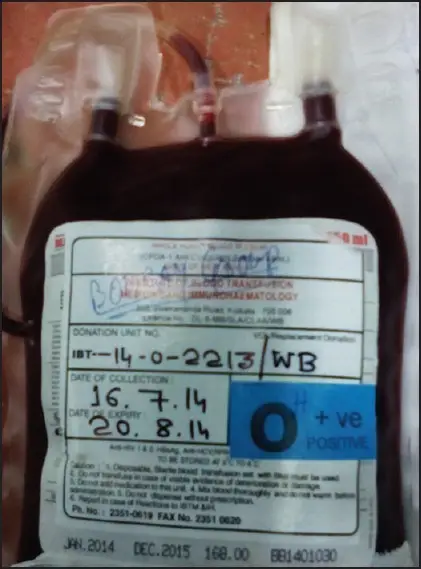Large volume transfusion-related disorder of hemostasis is the hemostatic disease due to large volume transfusion dysfunction.
What is the Pathology of Large Volume Transfusion Related Disorder of Hemostasis?
The pathology of large volume transfusion-related disorder of hemostasis is:
-Etiology: The cause of large volume transfusion-related disorder of hemostasis is traumatic injury.
-Genes involved: None.
-Pathogenesis: The sequence of events that lead to large volume transfusion-related disorder of hemostasis includes severe blood loss leading to the lethal triad of trauma (hypothermia, coagulopathy, and acidosis).
How does Large Volume Transfusion Related Disorder of Hemostasis Present?
Patients with large volume transfusion-related disorder of hemostasis typically affect males and females present at the age range of 25-65 years. The symptoms, features, and clinical findings associated with large volume transfusion-related disorder of hemostasis include hypothermia, dilutional coagulopathy, hypocalcemia, hypomagnesemia, citrate toxicity, metabolic acidosis, hyperkalemia and hypokalaemia, immune hemolysis, and air embolism. Also, fever, chills, urticaria, and nausea.
How is Large Volume Transfusion Related Disorder of Hemostasis Diagnosed?
Large volume transfusion-related disorder of hemostasis is diagnosed using blood tests and coagulation testing.
How is Large Volume Transfusion Related Disorder of Hemostasis Treated?
Large volume transfusion-related disorder of hemostasis is treated with transfusions and antibiotics.
What is the Prognosis of Large Volume Transfusion Related Disorder of Hemostasis?
The prognosis of large volume transfusion-related disorder of hemostasis is poor with an increased mortality rate.



